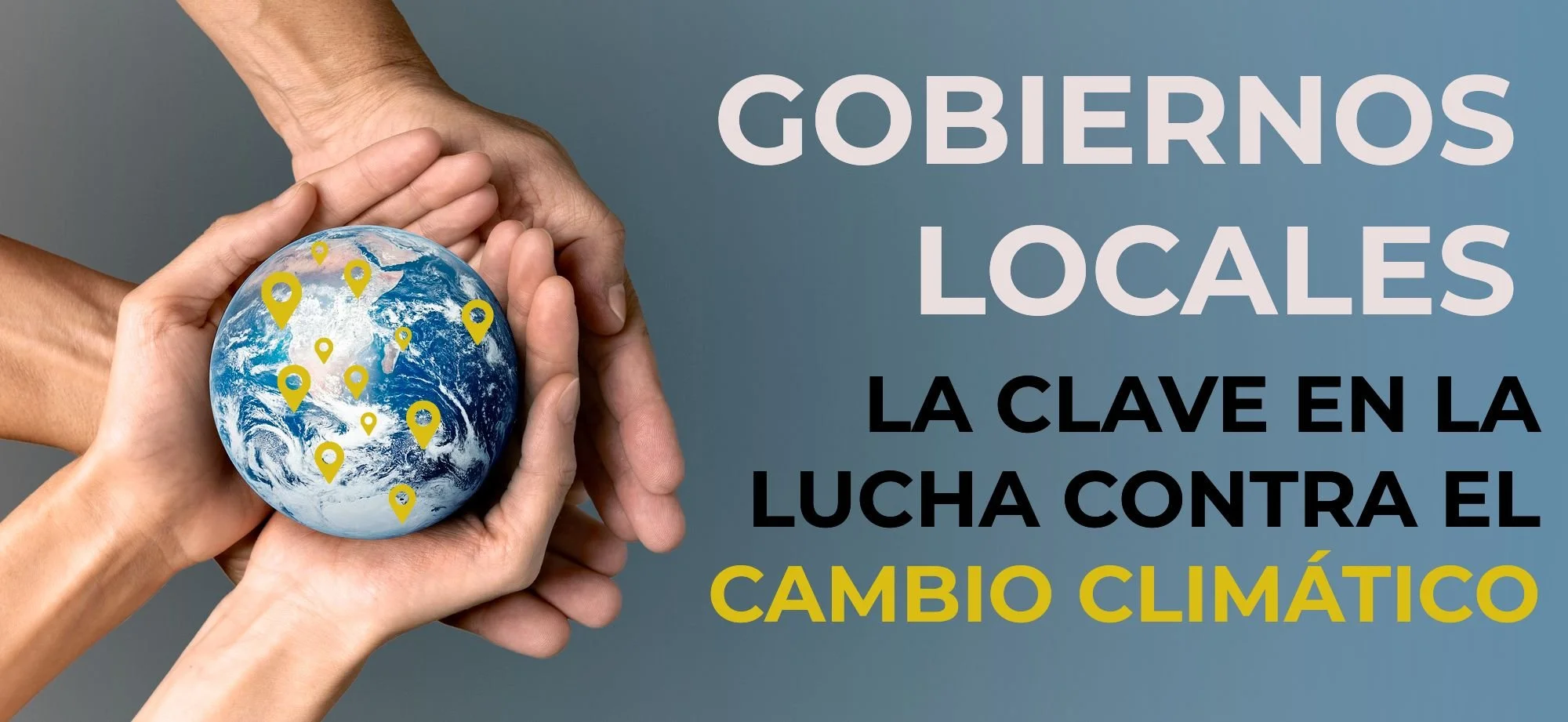On the celebration of the Bicentennial of the Independence of Central America, amid these dire times of the global pandemic by Sars Cov 2 and the economic crisis derived from it and added to this, the planetary Climate Crisis, it is essential to reiterate the new strategies for the sustainable development of the SICA region (Central America and the Dominican Republic).
Serious situation: the recent report of the State of the Region, as well as the harsh reality of the streets of Central American cities confirm it, there is increased poverty and even hunger in our region. The thousands of migrants moving north clearly reiterate this.
As we have already pointed out, our region has a very high social vulnerability and, in addition, a very high susceptibility to natural hazards caused by various types of geo-risks (earthquakes, volcanic eruptions, landslides, among others) and to the effects of the Climate Crisis. that are revealed day by day with droughts, forest fires, floods, and landslides.
Disasters occur cyclically and with increasing frequency. Their cumulative effect makes them have a great impact on the slowdown in the development of countries, which translates into greater poverty, unemployment, and migration, among many other effects.
It is a downward spiral that has accelerated very abruptly because of the many months of the Pandemic and the increasingly frequent disasters.
On the other hand, the differences between the different government authorities in the region, unfortunately, are not working as a catalyst for the regional union and the development of joint efforts to overcome the crisis that affects us.
On the contrary, these differences seem to grow more and more, to the point that there are already voices that speak about the ineffectiveness of the integration system. Something that, today less than ever, should be questioned. Today, above all things, a united Central America is required above any difference in political vision.
Potential: it is understandable that, in the midst of the deepest health, economic, educational and social crisis that the region has had during the last 200 years, voices are raised that chant “every man for himself”, as an alternative to promoting development Regional Central America and Dominican Republic. However, far from representing a solution, it would increase the already serious problems that affect us.
As we have previously indicated on this subject (www.allan-astorga.com),there is a real and concrete possibility of moving the region forward. Despite the differences that may exist between our countries and that some try to underline as a segregationist argument, there are much more elements that we have in common. Starting with the fact that (except for Panama and Belize) we shared the same "birth" as independent countries 200 years ago.
We have a common history and many common social and economic problems. Our roots are very similar and our development potential, to get ahead, is also very similar. The SICA region has a population of close to 60 million inhabitants. Its continental territory is 540 thousand square kilometers, and its marine territory is about one million km2.
It is a territory that is one and a half times larger than Japan and twice that of New Zealand, two regions geologically comparable to Central America. However, as we have indicated before, our region presents an enormous natural wealth that has not yet been fully explored. And it is not a question of deposits of hydrocarbons or precious metals such as gold and silver, or copper.
These are riches whose efficient and sustainable use is the key to changing the reality of the SICA region and promoting its sustainable development in the short, medium, and long term to transform it into the first developed region in Latin America.
Central America, in addition to being located in a strategic geographic position for world trade, has abundant groundwater resources housed in deep aquifers. Today idle or underutilized soils of very high fertility. A very important geothermal potential from very low to very high enthalpy. Its forests are home to about 10% of the planet's biodiversity. It has a huge geodiversity and a relevant archaeological and cultural history. In addition, it has an extensive heritage sea where it has great fishing resources, always managed sustainably.
The fundamental key to the process does not lie in getting the different central governments of the region to one day be able to agree on the development guidelines that will drive Central America. We have already 200 years of trying to do that, with very limited success. A complementary and alternative path is required.
Necessary amalgamation: the concrete and real path is to simultaneously promote the sustainable development of the almost 1,500 municipalities and local governments that make up the SICA region. That is the true amalgam that would unite the region towards development.
Regarding the objectives towards which to push all these municipalities, regardless of where they are located and whatever their history, they already exist they are the UN 2030 sustainable development objectives.
What must be contributed to these municipalities and local governments to direct them towards the fulfillment of these objectives is intelligent environmental information that allows them to change the course or, failing that, accelerate the process of sustainable progress in their territories and communities.
The solution to the problems of the municipalities of the region is not overcome with humanitarian aid, food and other supplies that are provided during crisis situations. Although useful for the moment, these aids are only palliative that do not solve the root problems. We occupy other things.
It is essential that municipalities have detailed intelligent environmental information on their territories, on their environmental zoning, on their geological potential, on their susceptibility to natural hazards, on their biological, agrological and resource potential in general.
It is essential to carry out preventive risk management to increase resilience and, above all, it is vital to do sustainable land use planning and planning. Only in this way will it be possible to turn the region into a source of investment for economic development projects and megaprojects in very diverse activities: industry, tourism, commerce, regenerative agroecology, sustainable agri-food fishing, geothermal energy, and high technology production.
Vision: our environmental studies in the SICA region show us with total clarity that, it is possible to promote sustainable human progress, while protecting nature, biodiversity, and the most sensitive ecosystems of the Terrestrial Ecosphere.
Central America and the Dominican Republic are formed as a tropical area where this can be demonstrated in practice, with concrete facts in such a way that it serves as an example to the world and, in particular, to Latin America,to show that there is a real alternative for development sustainable development of our region and all its people.
The true solution to the increasingly growing immigration problems from Central America to North America can only be achieved by solving the deepest problems that our region has in key issues such as: employment, health, education, and housing. And to solve these problems, progress, development, and investment are required and for this, it is essential that local governments and municipalities have detailed information to organize and plan sustainable development in their territories.
The technological means available would make it possible to achieve this objective of generating intelligent environmental information for all municipalities, almost simultaneously, in a short period of time of a maximum of two years. The only necessity is to start as soon as possible. It is our main and most important task.

